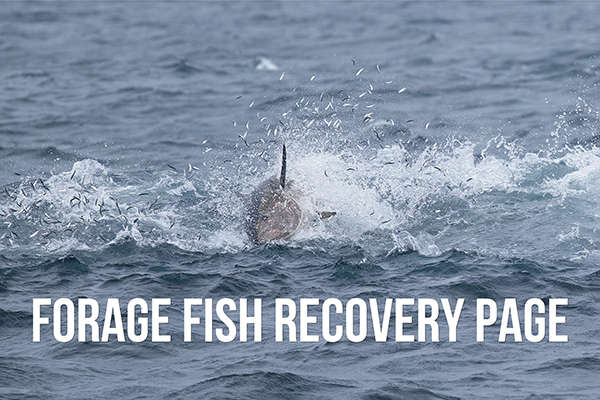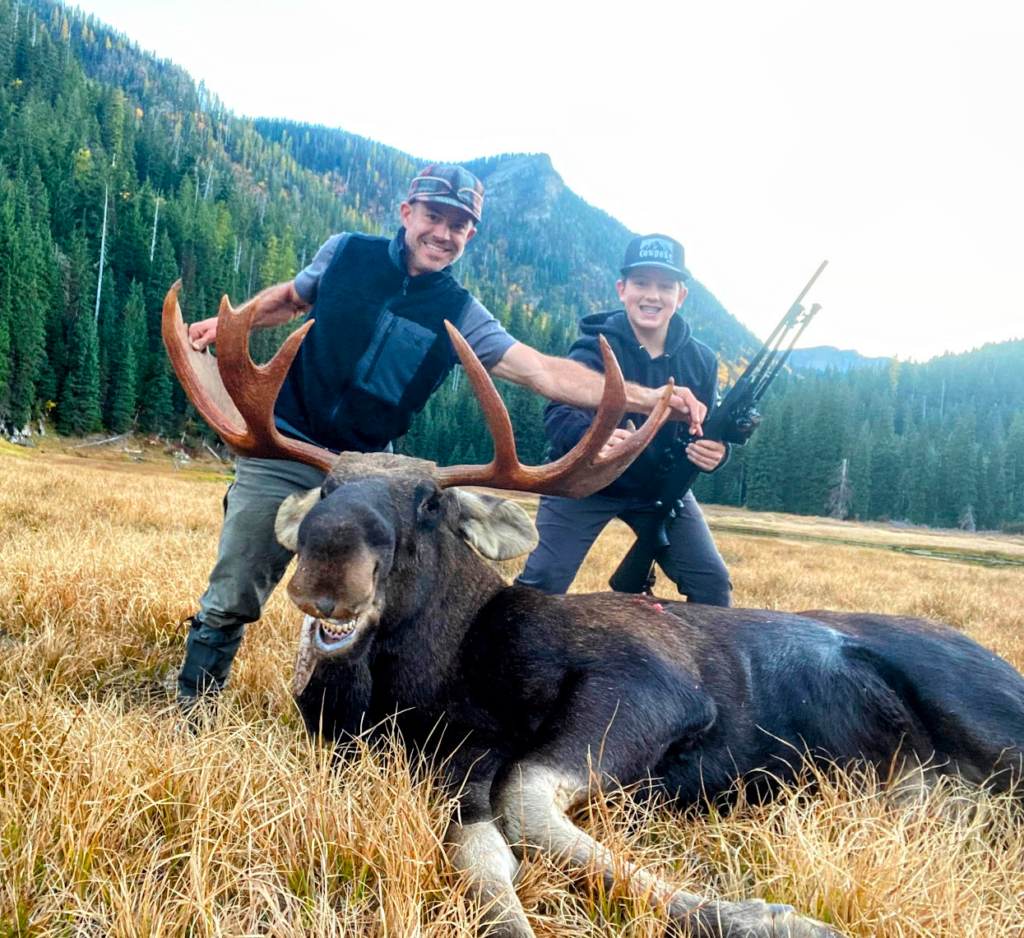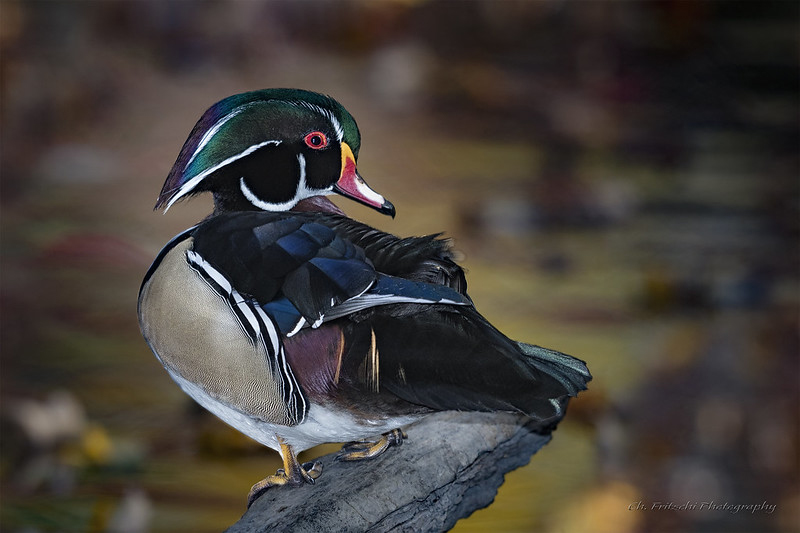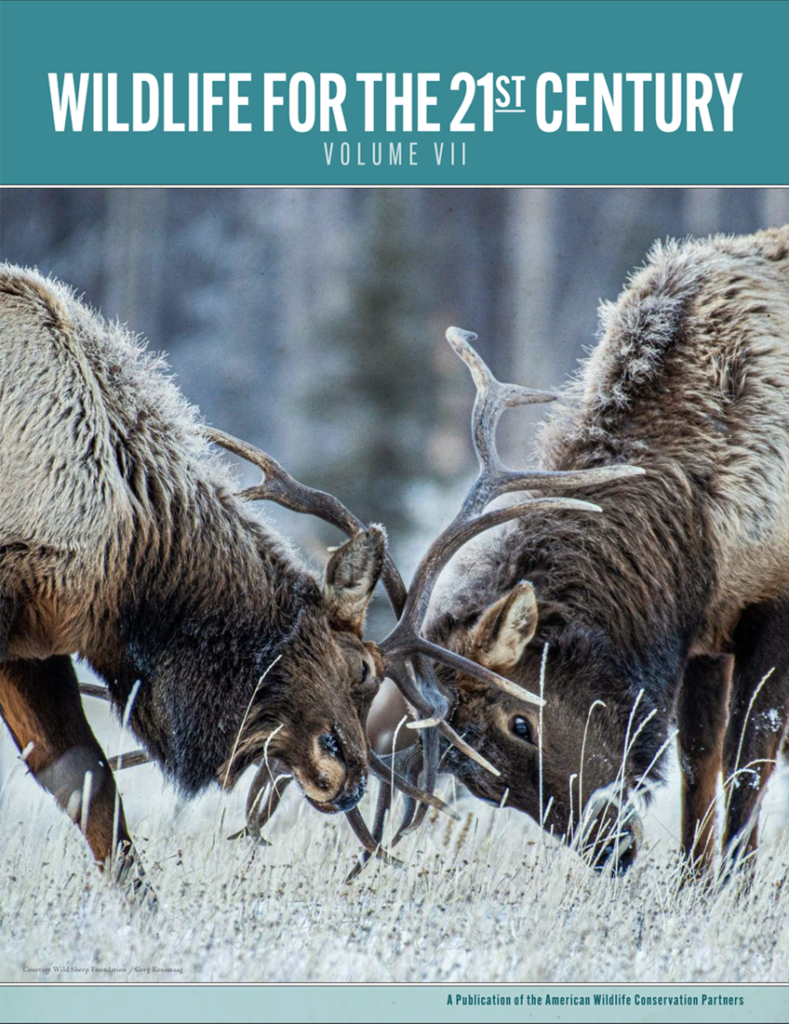Fully 1 million fewer pogies were spilled in 2024 season compared to the annual average, based on Department of Wildlife and Fisheries data
(BATON ROUGE, La.)—An analysis of more than a decade of fisheries data by the Theodore Roosevelt Conservation Partnership indicates that recently created near-shore, no-fishing buffers in Louisiana may be reducing the number of pogies spilled from the industrial harvest of this ecologically valuable baitfish – to a mere quarter of the historical average.
Fish spill incidents have generated a significant amount of controversy in the state in recent years due to millions of wasted fish, fouled beaches, and thousands of redfish lost as bycatch, which resulted in regulatory changes enacted in the spring. The likelihood of net tears and spills, due to gear interactions with the seafloor, is higher in shallower waters near shore than when vessels work in deeper waters.
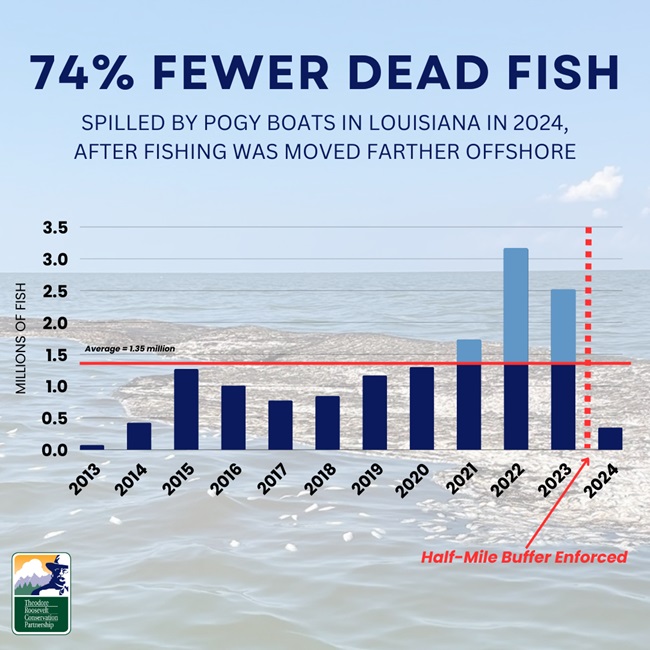
In February 2024, before the commercial pogy fishing season began on April 15, the state’s Wildlife and Fisheries Commission approved a half-mile coastwide buffer prohibiting pogy boats from netting in near-shore Louisiana waters, with the buffer extended to 1 and 3 miles in some areas. The same Notice of Intent (NOI) that created the buffer also increased fish spill penalties. A major reason for the NOI was an attempt to reduce the number of fish spilled and spill incidents, in which pogy boat net tears and net abandonments have released an estimated 14.8 million dead pogies – officially known as Gulf menhaden – into state waters over the last decade alone. Other reasons included efforts to reduce bycatch of redfish and other important sportfish, reduce conflicts between commercial and recreational users, and protect sensitive bottom habitat.
To determine if the buffer may be working, TRCP examined publicly available records for fish spills in Louisiana kept by the Department of Wildlife and Fisheries, which are available from 2013 onwards. The state agency has records of all reported or otherwise validated spill events caused by the two industrial menhaden harvesters, Omega Protein and Daybrook Fisheries.
After the half-mile buffer was enacted, 2024 saw the second-lowest number of fish spilled since records were made available.
The results indicated that, on average, the number of pogies spilled per year from 2013 to 2023 was more than 1.3 million fish, and that there has been a significant upward trend in the number of fish spilled per year. However, after the half-mile buffer was enacted this year, 2024 saw the second-lowest number of fish spilled since records were made available, with only 2013 having fewer estimated losses. Of note is that the number of pogies landed was on par with the past 10 years, even with the buffer zones in place. Further, this year’s estimated number of fish spilled to date is only 350,000, or 26 percent of the annual average, and only 12 percent of the 2.8 million fish lost annually, when averaged over the last two seasons (2022 and 2023).
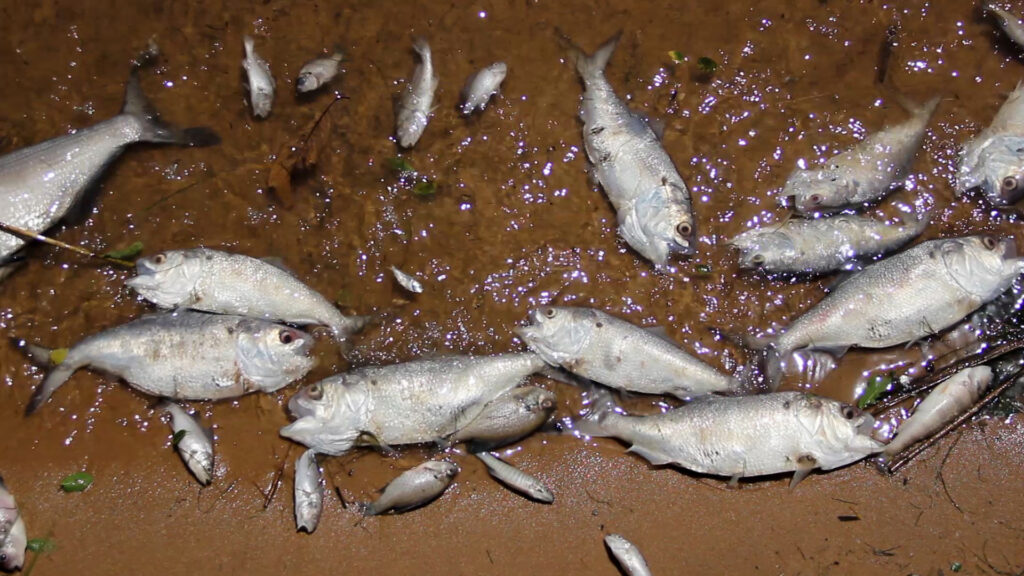
“This data indicates that the efforts to move the industrial pogy boats into deeper waters to protect nearshore, shallow habitat is paying off,” said Chris Macaluso, director of the Center for Marine Fisheries for the Theodore Roosevelt Conservation Partnership. “Few things anger and disgust anglers and beachgoers in Louisiana more than seeing rafts of dead pogies and other fish left by the menhaden reduction industry floating nearshore or washed up on beaches. This year, we have seen far fewer of these spills and anglers have also noted an increase in nearshore forage like pogies, mullet and other fish.”
Gulf menhaden are a critical food source for iconic Louisiana sportfish like redfish and speckled trout. Approximately 1 billion pounds of pogies are harvested by the industrial Gulf of Mexico menhaden fishery each year, mainly from Louisiana waters. Until 2024, pogy boats were allowed to fish closer than 500 yards from Louisiana’s shorelines, where the boats often make contact with the water bottom. With this new buffer reducing the likelihood of negative gear interactions with the shallow seafloor, there has also been less disturbance of potential spawning grounds for redfish and other sportfish.
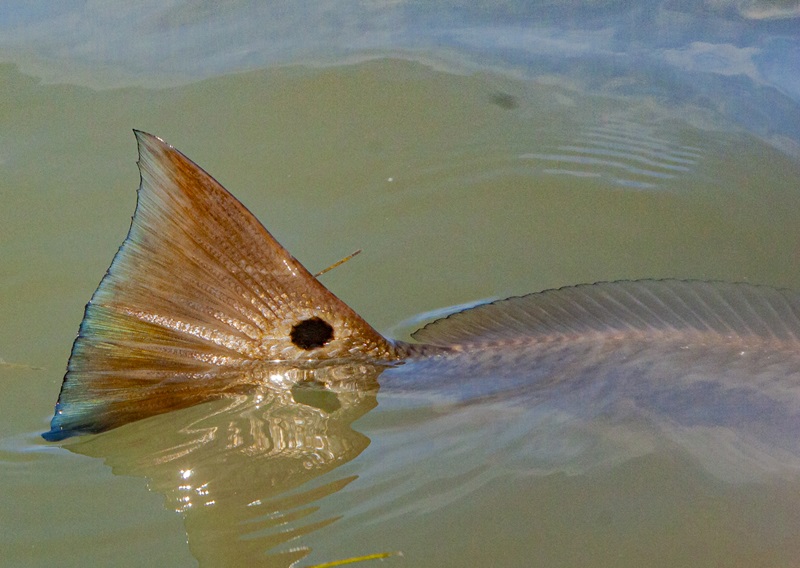
“Louisianans were fed up with our resources being wasted and shorelines being fouled as a result of these spills, so it is refreshing to see this progress,” said David Cresson, CEO of the Coastal Conservation Association Louisiana. “Thanks to Governor Landry, our Wildlife and Fisheries Commission, and the actions of a handful of brave legislators like Representative Joe Orgeron, we now have more reasonable buffers across our coast. These buffers, along with other important measures, have clearly contributed to the drastic reduction in fish spills.”
A coalition of recreational fishing, wildlife and habitat conservation, and boating organizations led by CCA Louisiana and TRCP has worked for more than five years to increase public awareness about the impacts of Louisiana’s industrial menhaden fishery and advocate for some basic conservation measures, such as the ones included in the Notice of Intent. In 2021, State Rep. Joe Orgeron (R-54) first introduced a bill in the Louisiana Legislature which proposed a nearly identical buffer to the one approved earlier this year, but due to industry opposition, the bill ultimately did not pass.
“This is a great example of the state putting effort into making sure it does what is best for all citizens,” said Angler Action Foundation Executive Director Brett Fitzgerald. “A triple win of decreased bycatch, a reduction of user conflict and maybe, most importantly, less destruction of habitats, is a recipe for continued success.”
TRCP and its partners note that while this fishing season is coming to a close, more spill events could still occur, but that the vast majority of previously recorded spills occurred before October – the last month commercial pogy fishing is allowed in Louisiana each year.
Gulf Menhaden Coalition members include the Coastal Conservation Association (CCA), CCA Louisiana, CCA Mississippi, CCA Alabama, CCA Texas, CCA Florida, Theodore Roosevelt Conservation Partnership, Louisiana Charter Boat Association, American Sportfishing Association, National Marine Manufacturers Association, Bonefish and Tarpon Trust, International Game Fish Association, Angler Action Foundation, Congressional Sportsmen’s Foundation, Audubon Delta, Guy Harvey Foundation, Marine Retailers Association of the Americas, Mississippi Wildlife Federation, and Wildlife Mississippi.
For more information about the key role pogies and other forage fish play in marine ecosystems, visit TRCP’s forage fish recovery page.

